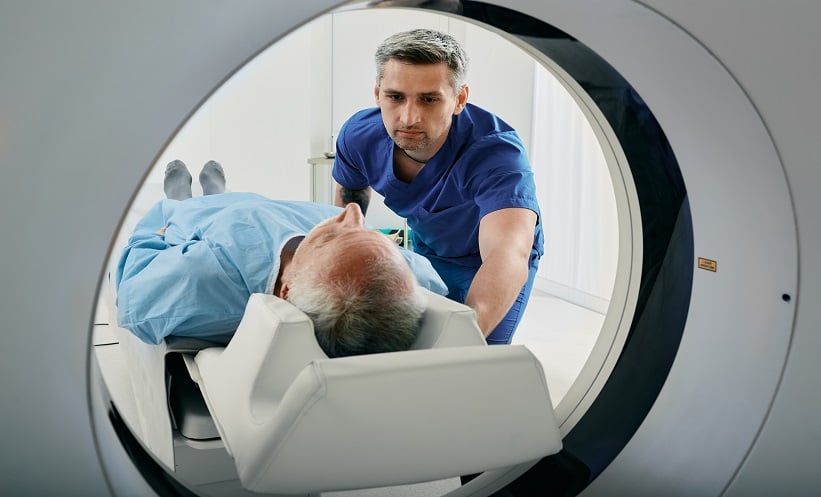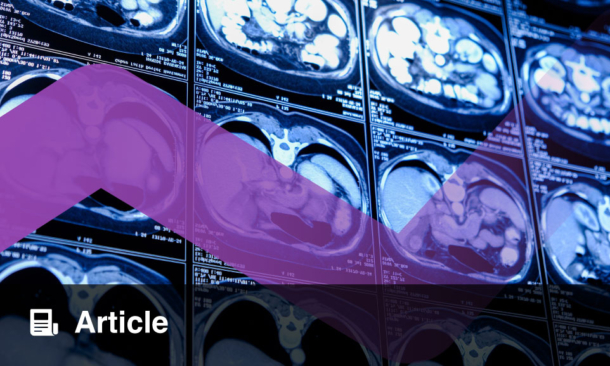ARTIFICIAL intelligence (AI) was an integral part of this year’s European Congress of Radiology (ECR), in Vienna, Austria, and this was showcased in a captivating plenary lecture, on the second day of Congress. In his lecture entitled ‘Radiology, AI, and the Analog-Digital Frontier’, Rick Abramson, Vanderbilt University, Nashville, Tennessee, USA, eloquently demonstrated the current applications and limitations of AI by employing the services of Ave, his AI assistant, live on stage, to discuss a fracture on a scan.
Abramson started by playing Mozart to highlight the ways in which humans experience music with emotion, compared to the mathematical precision of machines. He underscored the current transformation of the analogue-digital frontier through the intersection with AI.
Undoubtedly, as emphasised by the speaker, AI has become an indispensable tool in radiology, due to its ability to flag urgent cases and improve efficiency by automating routine tasks. “We see AI helping overworked and understaffed departments by expediting care, both in traditional workflows and in novel workflows that would not have been possible prior to the introduction of AI.” In addition, AI can be a game-changing tool in public health screening, as it can screen populations for infectious disease and early cancers.
Despite all this, Abramson believes AI does not yet live up to its hype and has certainly not reached its full potential. As showcased live on stage, AI is still unable to provide specific treatment recommendations for complex cases, a task that still takes up a huge portion of a clinician’s time. Abramson explained that AI capabilities will continue advancing rapidly with exponential growth in computing power. However, ensuring responsible development will require defining problems AI can solve, constant evaluation, and clinical expertise to guide technology.
Abramson envisions a future where AI will improve in areas where it struggles, for example, diagnosing rare diseases, providing insights into multidimensional clinical problems, and intelligently triaging activities that require human involvement. The radiologists can engage in defining problems still in need of solutions, from the tedious, mundane tasks that could be helped by automation, to the more complex diagnostic problems that require computational power and huge datasets to address.
According to Abramson, AI and radiologists have the potential to work collaboratively, with technology enhancing care delivery, but humans maintaining the ultimate responsibility for patient safety and outcomes. Meaningful progress will depend on open communication between clinicians, researchers, and policymakers to develop standards and regulations. On the question of whether the boundary between human and machine could evaporate completely, both Abramson and Ave were unable to provide an answer.








